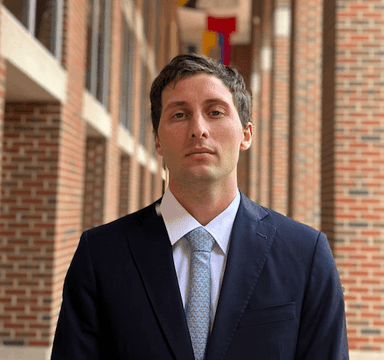In a world where attractive investment revenues are increasingly difficult to find, we strongly believe that investment in global energy transformations can add real value to a portfolio.
The aim of this note is to show how the dimensions of climate change are the simplest that energy is and to advance to more specific topics that have to do with how to invest in opportunities. The transition of energy is a long-term theme, as if it is pregnant for the next 30 years and it is important to be so much so that it can rise to this trend. When we talk about an energy transition, we refer to how to change the energy matrix of production and how to change the energy consumption matrix worldwide. This is because this energy matrix we are using leads the world to have several very harmful side effects such as climate change, global warming and pollution in the atmosphere.In the next picture, you will see that it is the primary energies that most emit Green House Gases, whose main component is Carbon Dioxide. We can see what most contaminates coal, oil and gas. On the other hand, we also see how non-fossil energies (solar, wind, nuclear and hydroelectric) have a very low impact on global warming that is particularly given during the construction of them and not during energy production.
 In 2016 there was a United Nations meeting that organized in Paris where it agreed to limit carbon emissions to prevent climate change from going beyond 2°C in the coming years. Why is this? If we pass the 2°C limit, the consequences of global warming are tragic and irreversible. We have already begun to see the first severe effects as very violent storms, fires, glacier melting, ocean level on the back rising and other complex effects that impact societies through the health of the inhabitants. Here comes what is interesting, to meet this goal in the next 30 years, it will have to reduce 38% carbon emissions.
In 2016 there was a United Nations meeting that organized in Paris where it agreed to limit carbon emissions to prevent climate change from going beyond 2°C in the coming years. Why is this? If we pass the 2°C limit, the consequences of global warming are tragic and irreversible. We have already begun to see the first severe effects as very violent storms, fires, glacier melting, ocean level on the back rising and other complex effects that impact societies through the health of the inhabitants. Here comes what is interesting, to meet this goal in the next 30 years, it will have to reduce 38% carbon emissions.
There are three structural changes that will have society in the coming years.
- Renewable energies begin to have less production costs than fossil energy.
- There are global public policies to avoid a greater problem of climate change.
- There is a sustained growth of the demand of individuals and companies to convert the energy matrix into something sustainable (electrical motors, solar residences and efficient energy consumption).
 Over the next 30 years, you will have to invest $120 billion in generation, transmission and storage of renewable energy. Also included will be the adoption of electric vehicles that is only starting now. 3% of all vehicles in the world are electric, and it is estimated that to 2040 will be 65% which shows us a great potential upside.
Over the next 30 years, you will have to invest $120 billion in generation, transmission and storage of renewable energy. Also included will be the adoption of electric vehicles that is only starting now. 3% of all vehicles in the world are electric, and it is estimated that to 2040 will be 65% which shows us a great potential upside.
Within the value chain of this transformation there are many places to allocate our investment. There are basically three groups where we can invest: renewable energy, electrical energy and storage of both. One can invest in companies that are within this value chain that will give cleaner, economic and sustainable energy. The best way to invest in this type of industry is through ETF’s or common funds. Within the industry ETFs we have $CNGR and in Schroder Global Energy Transition funds (ISIN: LU1983299162).
Of course, these strategies show interesting results over time and, in addition, their best returns get them in times of crisis of traditional energies. Given that we will continue to see a great concern about climate change, the energy transition is today a great investment idea to consider in our portfolios.

Comments